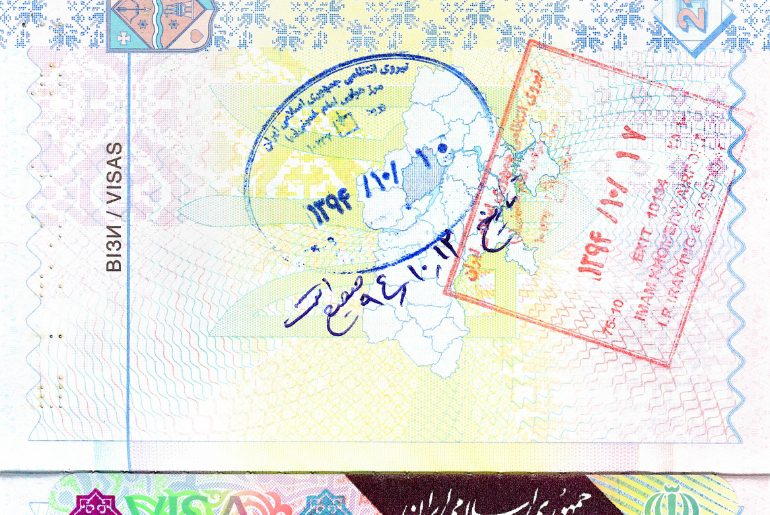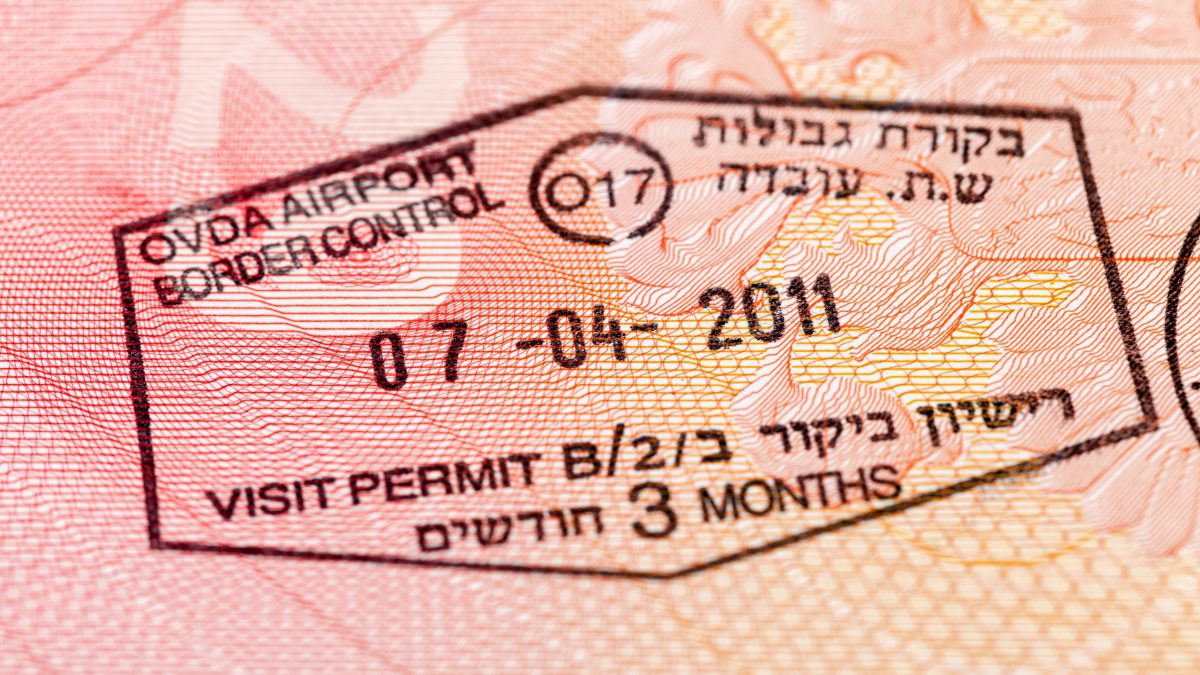Imagine a time when crossing a border wasn’t just about having a passport and a valid visa. It was about securing a prized exit ticket—a permission slip from a government that determined whether you could leave a country’s boundaries. This coveted document was known as an exit visa, a symbol of control, restriction, and the often-tense relationship between individuals and state authority. Here’s all you need to know about the world of exit visas. Let’s unveil a history intertwined with power, rights, and the evolution of global freedoms.
But First, What Is An Exit Visa?

An exit visa, also known as a departure permit, is an official authorization granted by a country’s government that allows an individual to leave that country’s territory. It was a mandatory requirement in many countries for both citizens and foreigners wishing to exit the country. The concept of an exit visa was primarily prevalent during periods when governments exercised strict control over the movement of their citizens and residents.
An exit visa is essentially a document or stamp in a passport that permits an individual to depart from a country. Historically, certain countries imposed exit visas to regulate and control the movement of their citizens. This control was often seen in authoritarian or totalitarian regimes.
Travellers, however, normally did not need an exit visa unless there were special circumstances, like a legal problem or a visa overstay. Citizens of countries requiring exit visas had to apply for permission to leave. Failure to obtain this permit could result in legal consequences or being barred from leaving.
Which Countries Impose These Visas?

In the past, exit visas were frequently enforced by nations that were part of the Soviet Bloc, such as the former Soviet Union and Eastern European nations during the Cold War. However, because of the promotion of human rights, international agreements supporting freedom of movement, and shifts in global norms, this practice has become less common.
Why were they imposed in the first place, you ask? Well, governments used exit visas as a means of controlling, monitoring, and restricting the movement of their citizens for various reasons, including political control and preventing brain drain. Some countries even imposed exit visas due to security concerns, attempting to prevent individuals from leaving who might pose a threat or have sensitive knowledge.
Also Read: Masala Chai Rusk Tiramisu Is The Christmas Dessert You Didn’t Know You Needed; Recipe Inside
Why We Don’t Need Them Anymore?

Strict exit controls are no longer necessary since international standards have gradually changed to better respect people’s freedoms and their ability to wander. Advocacy for human rights, including freedom of movement, has pushed many countries to abolish exit visa requirements. The need for exit visas is further diminished by several international treaties and agreements that support freedom of movement and lower travel-related obstacles.
In the contemporary world, the need for these visas has largely diminished as more countries recognise the right of their citizens to freely travel abroad without requiring special permission to leave. This shift reflects a broader recognition of individual liberties and human rights on a global scale.
Cover Image Courtesy: Canva
For more such snackable content, interesting discoveries and the latest updates on food, travel and experiences in your city, download the Curly Tales App. Download HERE.
Good news! We are on WhatsApp! Subscribe to Curly Tales WhatsApp Channel to stay up-to-date with exclusive content and BTS. Join HERE.
First Published: December 18, 2023 4:03 PM



